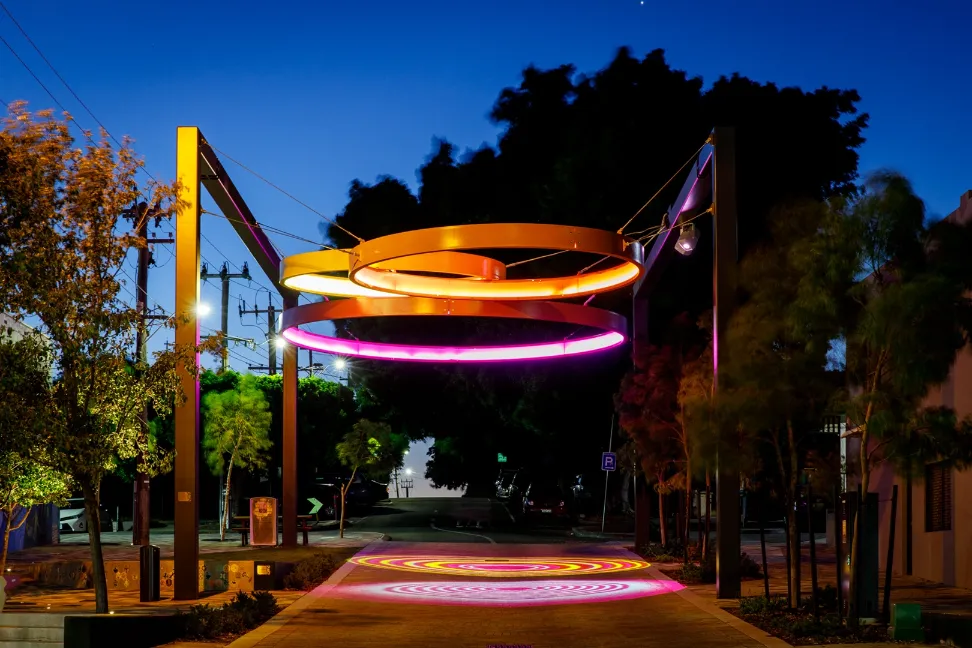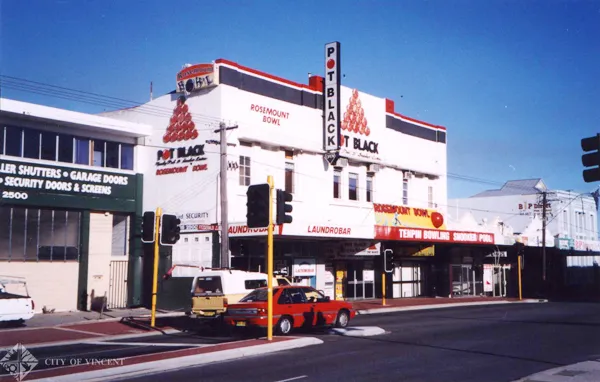
North Perth, an old and established suburb, is nestled just three kilometres north of Perth’s central business district, exuding an aura of historical significance. It is marked by a multitude of solid brick homes, relics from the early 1900s, which now witness a revival as they undergo extensive renovations to cater to the modern trend of inner-city living. These beautiful, timeless homes stand testament to the suburb’s rich architectural history, blending effortlessly with the modern structures that now grace its streets.
Apart from its residential allure, North Perth is a hub of activity with a myriad of small shops, cafes, and the iconic Rosemount Hotel, offering both locals and visitors an array of choices for leisure and entertainment. One of its standout landmarks is the Beatty Park Leisure Centre, originally constructed as the Beatty Park Aquatic Centre for the Perth Commonwealth Games in 1962. This facility, located on Vincent Street, not only serves as a reminder of North Perth’s rich sporting legacy but also as a modern recreational venue for its residents.
9,623
38
4,439
$1.4M
$852 per week
10 Days
Data obtained in 2025 from Real Estate Institute of Western Australia and Australian Bureau of Statistics
Beginning with the earliest subdivisions in 1898, Solomon Herman’s Gold Estates of Australia acquired Lot 653 from Farmer’s estate, leading to the creation of the prominent “Percy Estate”, which spanned south of the now-famed Angove Street, named after the surveyor William Angove. By 1901, the area, initially recognized as Woodville and Toorak after the early estates, adopted the name North Perth, quickly becoming a favored residential spot due to its affordability and proximity to the city center. By 1903, the swift expansion of subdivisions had extended North Perth’s street grid to the crossroads of Walcott Street and Wanneroo Road, setting the blueprint for a community that would see most of its housing developed between 1895 and 1935. This burgeoning suburb was further enriched with the establishment of the tram service on Fitzgerald Street from 1900 to 1953, which not only enhanced accessibility but also significantly contributed to the rapid population growth and infrastructural development.
